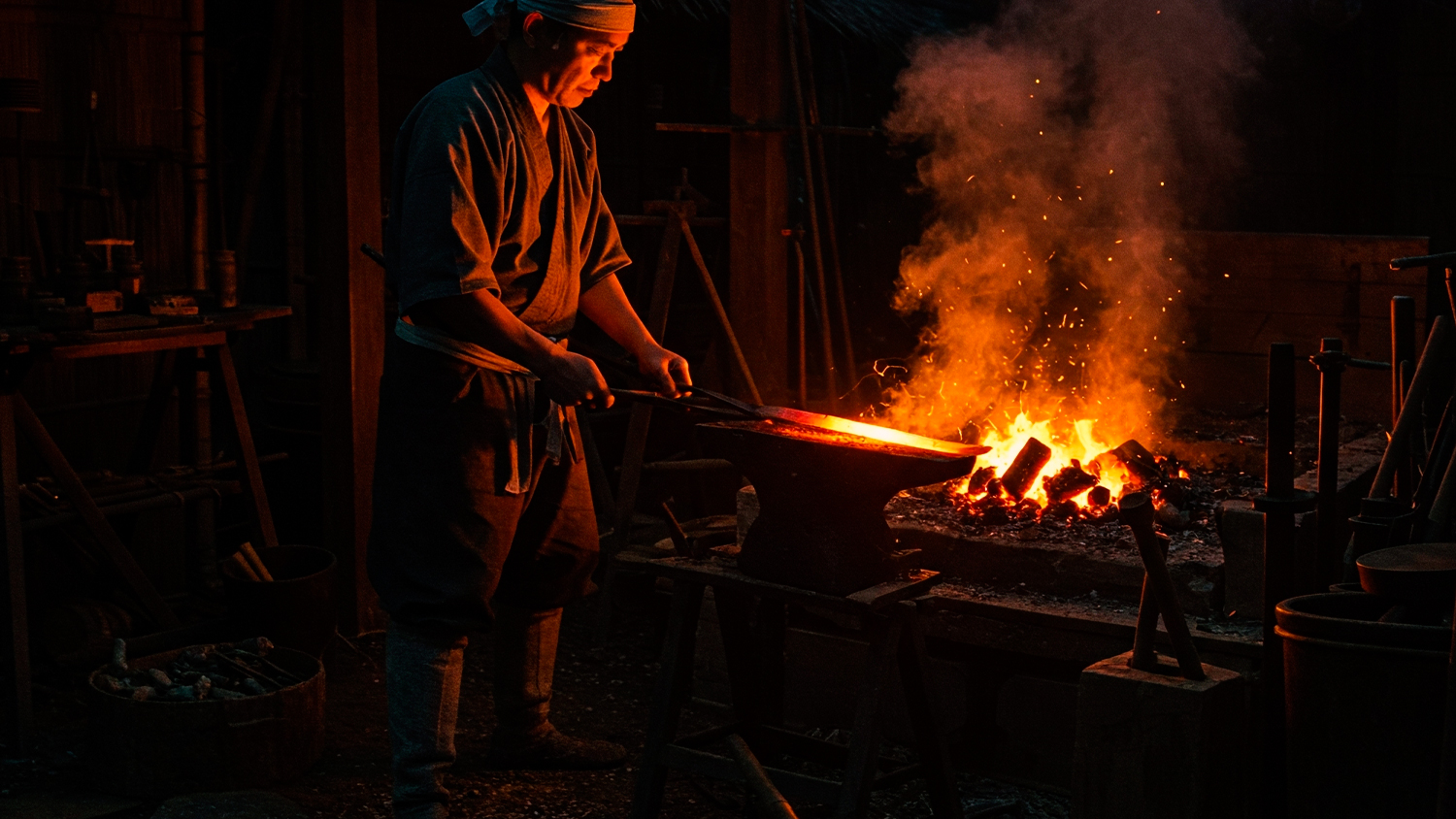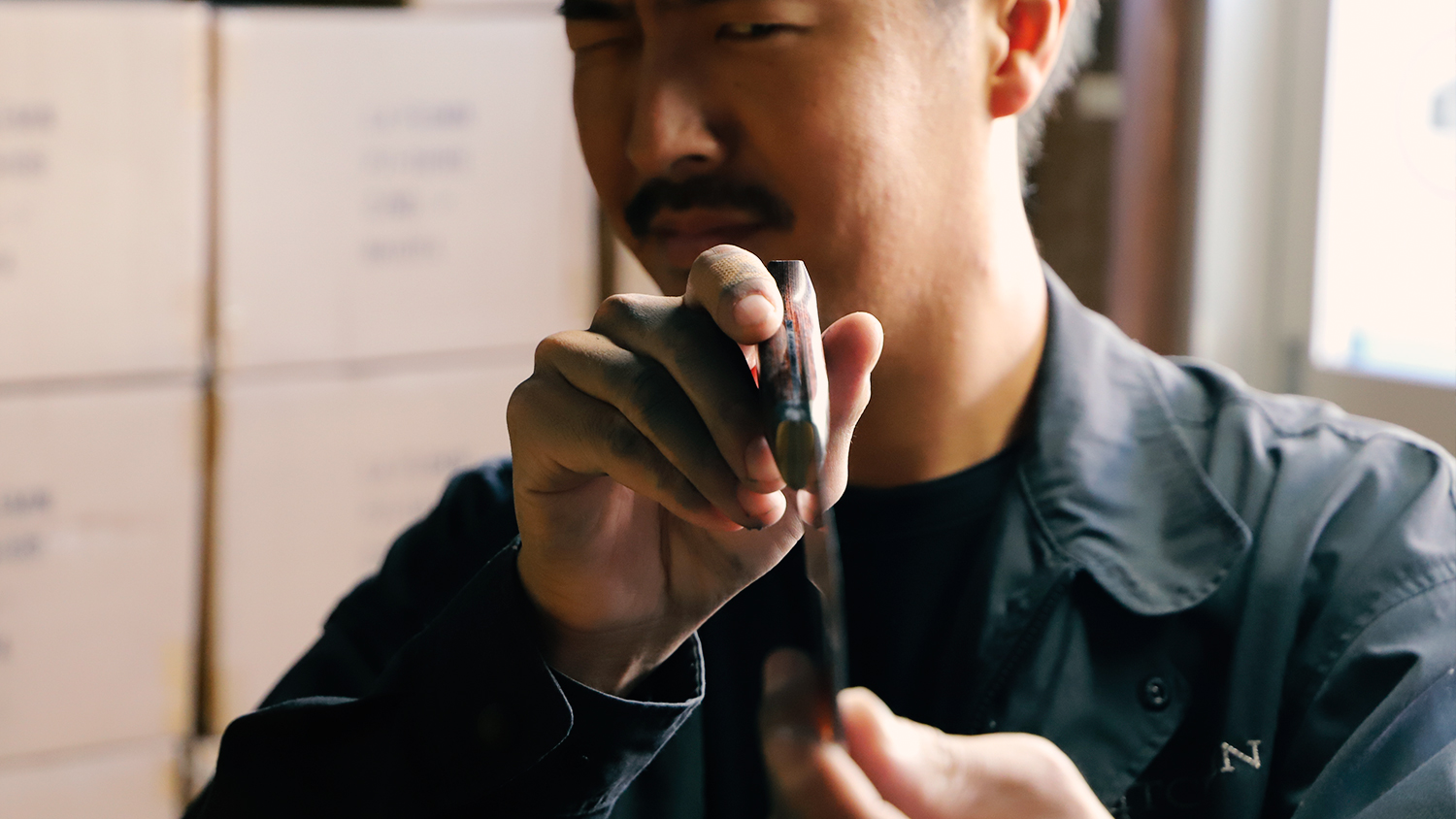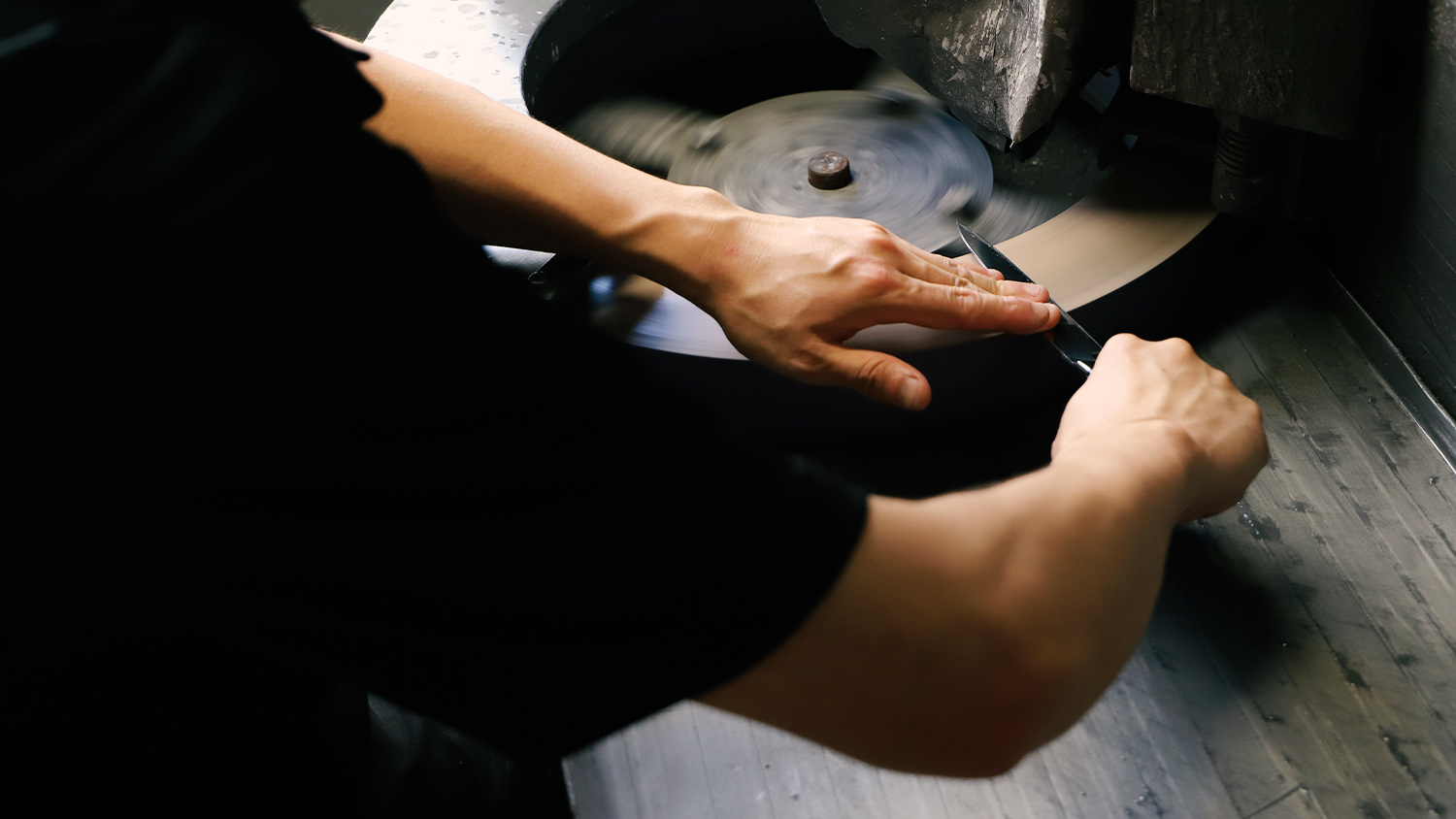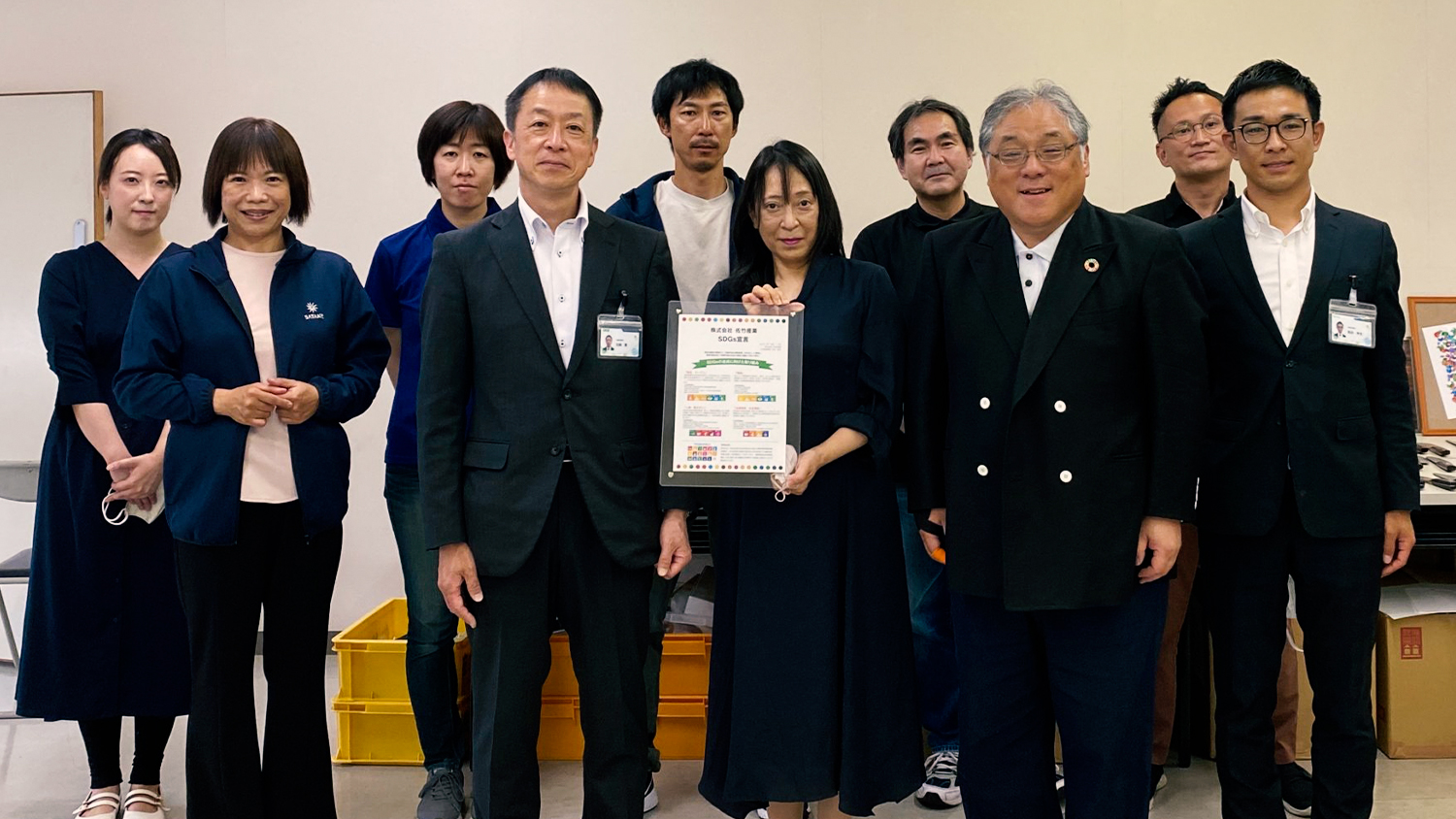The Secret of Satake Knives: The Legacy of Samurai Swords in the Modern Kitchen

Satake chef knives aren't just sharp kitchen tools; they're a fascinating legacy of Japanese craftsmanship and the samurai era. Let's explore the history of Seki City, the legendary art of Japanese sword making, and the prominent role of the Satake family in this renowned blade-making hub.
Seki: The Fortress of Blades, Where the Satake Story Began

The picturesque city of Seki, located in today's Gifu Prefecture, has been beating at the heart of Japanese forging for centuries. As early as the Kamakura period (1185-1333), the region's rich iron ore deposits were discovered, and the clear waters of the Kokufu River, along with abundant charcoal supplies, created ideal conditions for the flourishing of sword making.
The Muromachi period (1336-1573) brought Seki's true golden age. Legendary master smiths like Kanemoto Magoroku and Shizu Saburo Kaneuji settled here, creating swords of unparalleled sharpness and strength. Samurais respected the katanas made in Seki not just as weapons, but as the embodiment of the warrior's spirit. The art of the blade was passed down through a strict master-apprentice chain, with the process surrounded by secrets and rituals.

The Art of Japanese Sword Making: The Pursuit of Perfection
The justly famous Japanese sword, the katana, was much more than a simple weapon – it was a true work of art. Its creation required incredible precision, patience, and expertise. During the process, smiths folded and forged different types of steel multiple times, creating a layered structure that ensured the blade's flexibility and exceptional sharpness. After careful shaping of the blade, a special clay coating followed, then heat treatment. The sudden cooling (quenching) dramatically increased the blade's hardness, while the clay-protected parts retained their flexibility. This differential hardening resulted in the unique and beautiful hamon line appearing on the blade's edge. However, sword making didn't end with the blade's completion. Masters of grinding and polishing worked for days, even weeks, perfecting a single sword, highlighting its stunning beauty and unparalleled sharpness. The decoration of the handle and scabbard further increased the sword's value and prestige.

The Satake Family: Guardians of Tradition in Seki
The Satake family is deeply rooted in Seki City's rich sword-making past. While the family's exact origins in sword making may not trace back to the earliest times, the Satake name has been an integral part of the local artisan community for centuries. The meaning of the Satake name – "Sata" is uncertain, while "Take" means bamboo – may offer an interesting insight into the family's possible former occupation or residence before they found their calling in forging.
The end of the samurai era with the Meiji Restoration (1868) brought significant changes, and the demand for swords drastically decreased. Seki's smiths had to face new challenges. Many of them, using their traditional, centuries-old techniques, began making other types of blades, such as high-quality kitchen knives and scissors. In this critical transformation process, the Satake family played a key role, wisely recognizing the enormous potential in kitchen knives.

The Satake family successfully transferred their valuable knowledge and experience accumulated during the making of samurai swords to the manufacture of kitchen tools. The precise forging techniques, the use of selected, high-quality steels, and the pursuit of unparalleled blade sharpness all reflected their glorious sword-making heritage. The Satake name soon became synonymous with reliability, durability, and outstanding quality in the kitchen knife market.

Satake Today: Family Legacy in the Modern Kitchen – Quality and Innovation Hand-in-Hand
Satake Cutlery Mfg. Co., Ltd. proudly maintains its family ownership to this day, deeply respecting traditions while continuously innovating to meet the diverse demands of the modern kitchen. The company is committed to combining the masterful artisanal techniques perfected in Seki for centuries with the latest technologies and most advanced materials.

Satake knives continue to be made from the highest quality steels, often utilizing MVS10Cob Damascus, AUS-8A, or other well-known Japanese materials, which are recognized for their exceptional hardness, durability, and corrosion resistance. The final sharpening of the blades is done with careful, masterful handcraftsmanship, ensuring the legendary sharpness that has made Japanese knives world-famous. The handles are ergonomically designed, guaranteeing a comfortable and secure grip for the user, whether a professional chef or a home cooking enthusiast.
Explore Satake's wide range of products, which includes traditional Japanese knife shapes, such as the versatile Santoku knives, the ideal Nakiri knives for precise vegetable cutting, and the indispensable Western-style chef's knives! Every single Satake knife reflects the family's unwavering commitment to uncompromising quality and precise craftsmanship.
Satake knives are not merely functional tools in the kitchen; they embody the deep roots of Japanese craftsmanship and the spirit of the glorious samurai era. Seki City's centuries-old sword-making traditions live on in these exceptional knives, which remain highly valued and recognized tools for both professional and home chefs in the modern kitchen. The Satake family name continues to be a guarantee of outstanding quality, rich tradition, and the very best of Japanese blade artistry.
The Satake Company: A Centuries-Old Fusion of Tradition and Innovation at the Heart of Japanese Knife Manufacturing
The Satake name is synonymous with quality, tradition, and the best of Japanese craftsmanship in the world of kitchen tools. Since its founding in 1896, the Satake company has steadfastly followed the path set by its founder, Riichi Satake: a path of precision, innovation, and uncompromising commitment to quality. Although the company's history began with a revolutionary agricultural invention, the creation of Japan's first motorized rice hulling machine, the Satake name has now become a worldwide synonym for high-quality kitchen knives, particularly through the cultivation of centuries-old forging traditions in the famous Seki City.
The Founding of Satake Cutlery Mfg. Co., Ltd.

The history, or rather the rebirth, of Satake Cutlery Mfg. Co., Ltd. began in 1947 in Seki City. The company was founded by Yasuyoshi Satake and his father, Yoshiro Satake. The founding coincided with a period in post-war Japan when there was a great demand for quality kitchen tools. The Satake family's commitment to traditional forging techniques and high-quality materials quickly established the company's reputation for reliability and durability. Although the Satake name was previously known in the food processing machinery market thanks to Riichi Satake's pioneering work, Satake Cutlery Mfg. Co., Ltd. specifically specialized in the manufacture of kitchen knives, building on the region's rich artisanal heritage.
At Satake Cutlery Mfg. Co., Ltd., two fundamental principles guide every aspect of the company: Kaizen and Kodawari.
Kaizen, meaning "change for the better," is deeply embedded in Japanese culture. It encourages every employee of the company to continuously evaluate and improve their techniques, the raw materials used, and their future plans, ensuring that their knives evolve with the latest innovations and meet the highest expectations of customers.
Kodawari emphasizes a commitment to perfection and attention to detail. From the careful selection of raw materials to the final finishing touches, they strive for perfection in every phase of their work. The craftsmen meticulously check, grind, and refine the blades until they reach the level of perfection on which they can proudly inscribe the Satake name.
The symbiosis of Kaizen and Kodawari forms the basis of Satake Cutlery's commitment to knife making and their quality. The company tirelessly strives for the better, never settling for anything less than the best. As a result, Satake knives are not just tools, but the embodiment of passion, commitment, and the pursuit of perfection!
A Family Legacy: Preserving Traditions from Generation to Generation

The Satake story is deeply rooted in family heritage. The pioneering work of the company's founder in food processing laid the groundwork for later successes. Over a century of experience and knowledge, passed down from generation to generation, has enabled Satake to continuously renew itself and maintain the highest standards in the global premium kitchen knife market.
Current Leadership: The Legacy of Yasuhiro Satake
The current representative of Satake Cutlery Mfg. Co., Ltd. is Yasuhiro Satake, who is the company's third-generation knife maker. Under his leadership, Satake continues to remain true to the values laid down by the founders, while also seeking innovative answers to the challenges of the modern era. Yasuhiro Satake is personally committed to preserving quality and traditions, while also being open to new technologies and modern design.
